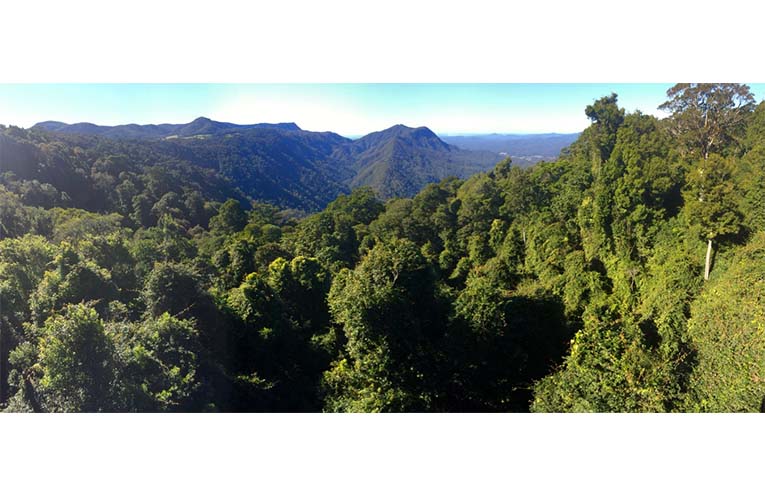
ENVIRONMENTALISTS and forestry industry representatives have both slammed the State Government’s push to use native forests for carbon credits.
When the scheme was proposed, Greens MP and spokesperson for the Environment and Climate Change Sue Higginson, said in a statement: “We cannot allow the protection of our native forests from logging to be reliant on a carbon trading scheme.
 Advertise with News of The Area today.
Advertise with News of The Area today.It’s worth it for your business.
Message us.
Phone us – (02) 4981 8882.
Email us – media@newsofthearea.com.au
“Native forests, free from logging, are inherently valuable and should be accounted as one of our greatest assets.
“To date, I have not seen any evidence that the NSW or Australian governments will be able to manage this type of market any better than other places around the world.”
Research Forestry Awareness Program (REEF ) chair Noel Atkins, said turning native hardwood timber forests used for selective harvesting into carbon storage credits is a “dangerous” attempt to close a viable industry.
He said the Australian native hardwood timber sector is essential to sourcing hardwood timber for the country’s growing housing, construction, mining, railways and infrastructure needs.
“Native hardwood timber is the only renewable sustainable resource that already captures and stores carbon.
“Taking a ‘lock up and leave’ approach to forests is extremely dangerous.”
“Unmanaged forests cause catastrophic bush fires, causing death to people and animals and destroying property.”
Mr Atkins referred to a 2023 Ernst and Young report that claims the native hardwood industry in NSW currently generates more than $2.9 billion each year and provides 8900 full-time jobs, and up to 22,000 indirect jobs in the NSW regions.
“Australia already imports $5 billion worth of hardwood timber, often from developing countries that don’t have the strict regulatory framework to protect fauna such as koalas and sugar gliders as we do here.
“This short-sighted carbon credit proposal would see the decimation of the native hardwood industry in NSW and the rise of imported hardwood timber to nearly $8 billion each year, smashing an Australian regional industry, putting fauna at extreme risk and throwing productive Australians on the scrap heap.”
REEF Research argues the vast quantity of timber in National Parks could be used for carbon credits.
“Closing native hardwood timber forests for selective harvesting would be short sighted when it is sustainable, promotes healthy ecosystems and is the ultimate renewable,” Noel Atkins said.
REEF says the native hardwood timber industry only has access to twelve percent of the total public forest estate with 88 percent controlled in National Parks and reserves.
It says less than one percent of the public forest estate is harvested each year, supervised by the NSW.
Environmental Protection Agency (EPA) complying with the Integrated Forest Operations Agreement (IFOA).
Dr Tim Cadman from Griffith University, told News Of The Area that for carbon credits to be legitimate they must lead to actual additionality (i.e. not store carbon that would have been there otherwise), not come from natural forests and not be the product of forest conversion to plantations.
He said for carbon credits to be credible, afforestation (planting, not for timber, but to store carbon) must be undertaken along with restoration (repairing forests, and then leaving them alone).
By Andrew VIVIAN


